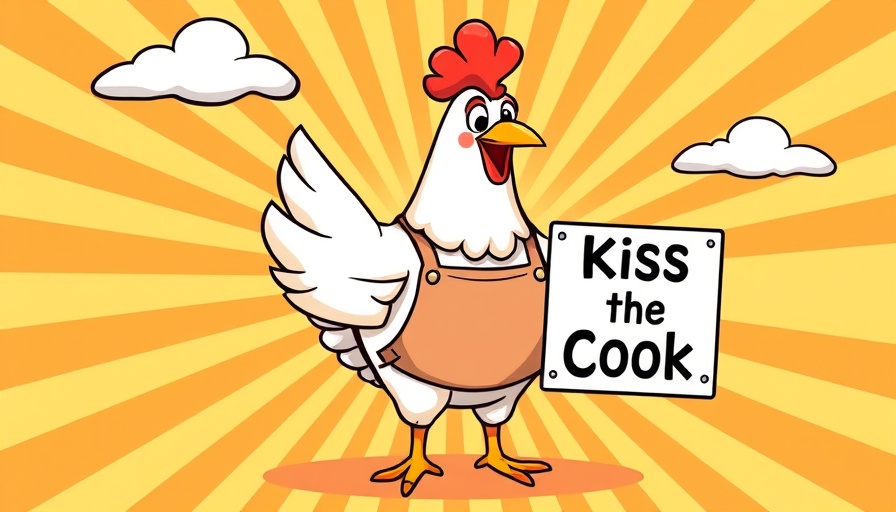
Understanding Beak Damage in Birds
Birds are delicate creatures, and their health can be compromised by a variety of factors, including injuries and infections. When a bird exhibits signs of a damaged beak, be it a trauma or a viral infection, it can lead to significant challenges for the bird's overall wellbeing.
Signs of Beak Damage
Beak damage in birds can manifest in various ways, such as breakage, misalignment, or discoloration. Observing these symptoms is crucial for bird owners. A damaged beak can affect a bird's ability to eat, groom, and preen, leading to more extensive health issues. This initial observation should prompt further investigation.
Potential Causes: Injury vs. Virus
The distinction between a mechanical injury to the beak and a viral infection can be puzzling. Trauma may occur due to fighting with other birds, improper cage setup, or accidents. Viral infections, on the other hand, such as Avian Pox or Pseudomonas infection, can lead to lesions and changes in the beak's structure. Identifying the root cause promptly can enhance recovery opportunities.
Veterinary Intervention: Why It Matters
Should a bird show signs of beak trauma, consulting an avian veterinarian is essential. Proper diagnosis is critical in determining whether it’s a physical injury or a viral issue. The veterinarian may perform a physical examination and, if needed, diagnostic tests to ascertain the underlying cause.
Conclusion and Next Steps
In conclusion, recognizing the symptoms of beak damage in birds and understanding the possible causes, including viral factors, can be the first step in addressing the issue. Bird caregivers should take immediate action by seeking veterinary advice to ensure their feathered friend’s health is preserved.
 Add Row
Add Row  Add
Add 




Write A Comment